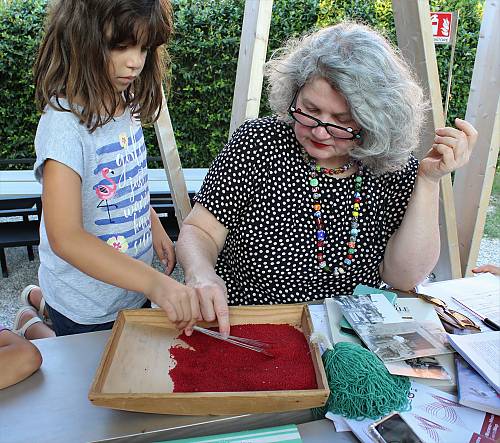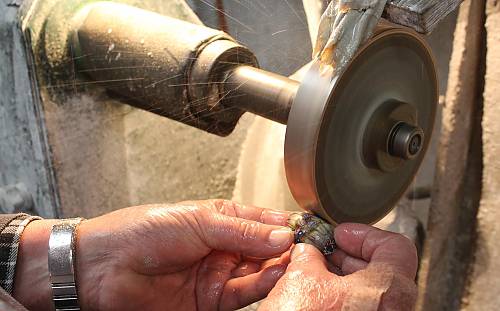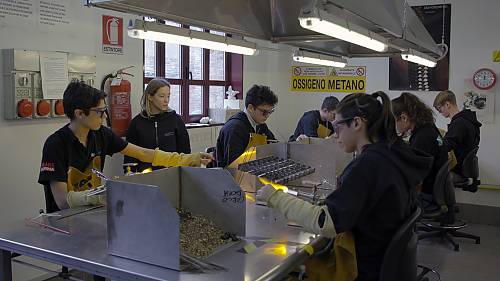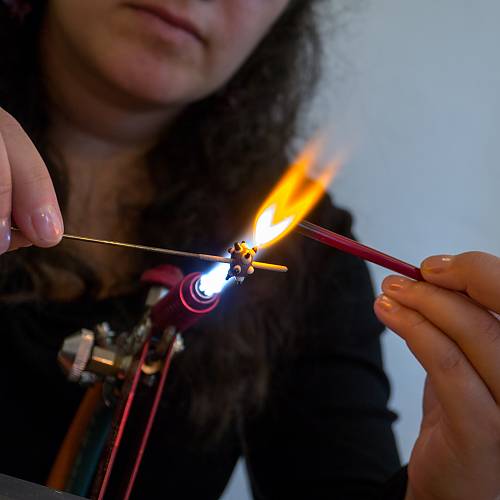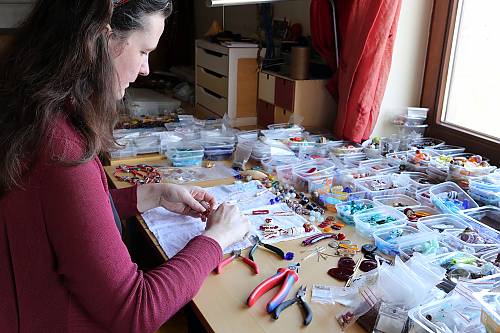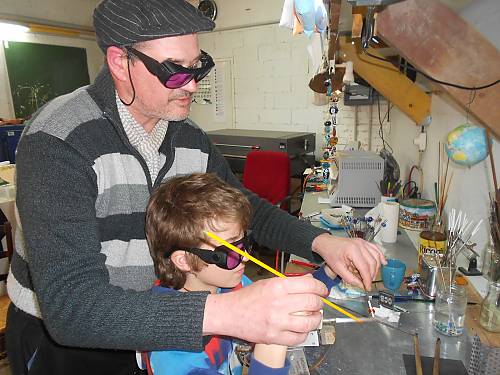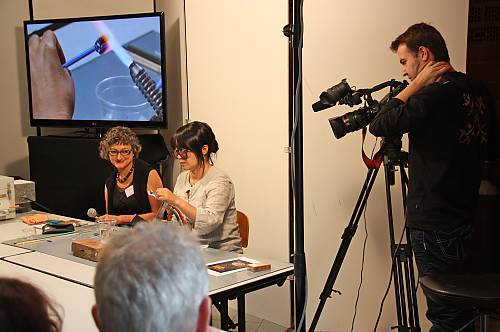The art of glass beads
Inscribed in 2020 (15.COM) on the Representative List of the Intangible Cultural Heritage of Humanity

The art of glass beads is closely linked to the wealth of knowledge and mastery of a material (glass) and element (fire). The art covers specific knowledge and shared skills, reflects the use of specific traditional tools and processes, and includes various stages. In Italy, technical knowledge related to the production takes two forms: 1) a lume beads (with a blowtorch) and 2) da canna beads, made by sectioning, softening and polishing a hollow cane. In France, solid beads are made with a torch and the hot glass is rounded through rotation and gravity, or hollow beads are made either on a mandrel or by blowing into a hollow cane. The more complex production of murrines, common in both States, consists of assembling multicoloured glass canes around a core. The beads are then decorated and used in a wide variety of ways. In both States Parties, the practice is mainly transmitted informally in workshops, where apprentices acquire knowledge through observation, experimentation and practice under the supervision of expert craftspeople. Transmission can also occur through formal education in technical establishments. Gifts made with glass beads are used to mark certain events and social occasions, and the practice promotes social cohesion and dexterity in manual and craft work. Bearers and practitioners recognize themselves in a collective identity made up of shared memories and spaces.
